Air Lift 94204 Installation guide
- Category
- Cars
- Type
- Installation guide
This manual is also suitable for
Air Lift 94204 is a heavy-duty air spring kit designed to provide up to 5,000 lbs. of load-leveling support for 3/4 and 1-ton pickups and SUVs with leaf springs. It is recommended for use in motor home rear applications and various front applications where leaf springs are used. The kit includes two reinforced, commercial-grade single convolute bellows air springs, which are manufactured like tires with layers of rubber and cords that control growth. The air springs are adjustable from 5-100 PSI, allowing you to customize the level of support to your specific needs.
Air Lift 94204 is a heavy-duty air spring kit designed to provide up to 5,000 lbs. of load-leveling support for 3/4 and 1-ton pickups and SUVs with leaf springs. It is recommended for use in motor home rear applications and various front applications where leaf springs are used. The kit includes two reinforced, commercial-grade single convolute bellows air springs, which are manufactured like tires with layers of rubber and cords that control growth. The air springs are adjustable from 5-100 PSI, allowing you to customize the level of support to your specific needs.




















-
 1
1
-
 2
2
-
 3
3
-
 4
4
-
 5
5
-
 6
6
-
 7
7
-
 8
8
-
 9
9
-
 10
10
-
 11
11
-
 12
12
-
 13
13
-
 14
14
-
 15
15
-
 16
16
-
 17
17
-
 18
18
-
 19
19
-
 20
20
-
 21
21
-
 22
22
-
 23
23
-
 24
24
-
 25
25
-
 26
26
-
 27
27
-
 28
28
Air Lift 94204 Installation guide
- Category
- Cars
- Type
- Installation guide
- This manual is also suitable for
Air Lift 94204 is a heavy-duty air spring kit designed to provide up to 5,000 lbs. of load-leveling support for 3/4 and 1-ton pickups and SUVs with leaf springs. It is recommended for use in motor home rear applications and various front applications where leaf springs are used. The kit includes two reinforced, commercial-grade single convolute bellows air springs, which are manufactured like tires with layers of rubber and cords that control growth. The air springs are adjustable from 5-100 PSI, allowing you to customize the level of support to your specific needs.
Ask a question and I''ll find the answer in the document
Finding information in a document is now easier with AI
Related papers
-
Air Lift 57221 Installation guide
-
Air Lift 60732 Installation guide
-
Air Lift 57298 Installation guide
-
Air Lift 57211 Installation guide
-
Air Lift 88233 Installation guide
-
Air Lift 57242 Installation guide
-
Air Lift 57347 Installation guide
-
Air Lift 59527 Installation guide
-
Air Lift 57217 Installation guide
-
Air Lift 88255 Installation guide
Other documents
-
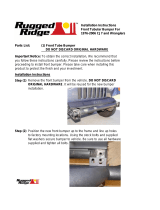 Rugged Ridge 11561.01 Installation guide
Rugged Ridge 11561.01 Installation guide
-
Home Styles 5181-89 Assembly Instructions
-
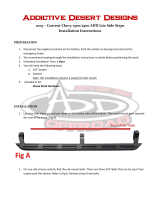 ADD 2003 – Current Chevy 1500/2500 ADD Lite Installation guide
ADD 2003 – Current Chevy 1500/2500 ADD Lite Installation guide
-
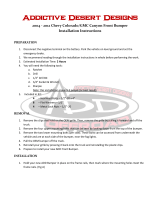 ADD 2004 - 2012 Chevy Colorado/GMC Canyon Installation guide
ADD 2004 - 2012 Chevy Colorado/GMC Canyon Installation guide
-
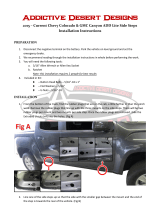 ADD 2015 – Current Chevy Colorado & GMC Canyon ADD Lite Installation guide
ADD 2015 – Current Chevy Colorado & GMC Canyon ADD Lite Installation guide
-
none HNR1000T Installation guide
-
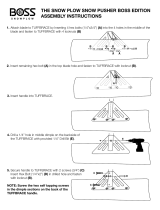 Boss Snowplow THE SNOW PLOW SNOW PUSHER Assembly Instructions
Boss Snowplow THE SNOW PLOW SNOW PUSHER Assembly Instructions
-
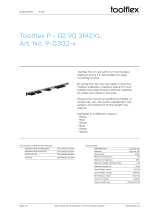 Toolflex Original Pro 473-9-0302-1 Dimensions Guide
Toolflex Original Pro 473-9-0302-1 Dimensions Guide
-
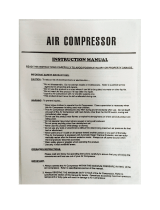 TITAN OFF-ROAD TitanMaxAirComp User guide
TITAN OFF-ROAD TitanMaxAirComp User guide
-
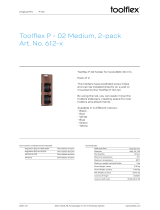 Toolflex Original Pro 612-1 Dimensions Guide
Toolflex Original Pro 612-1 Dimensions Guide



































